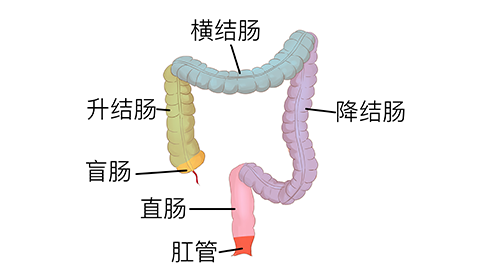Can the anus be preserved during surgery for rectal cancer?
In general, whether the anus can be preserved during surgery for rectal cancer mainly depends on the tumor's location, size, stage, and the patient's specific health condition. The detailed analysis is as follows:

If the tumor is located in the middle or upper rectum, more than 5 cm from the anal verge, and is small in size, at an early stage, has not invaded the anal sphincter, and the patient has good anal function, the anus can usually be preserved. A laparoscopic anterior resection for rectal cancer can be performed to completely remove the tumor, followed by anastomosis of the remaining bowel segments. This approach achieves radical treatment while preserving normal bowel function. With postoperative rehabilitation training, intestinal function can gradually recover.
If the tumor is located in the lower rectum, less than 5 cm from the anus, or if it is large and invades the anal sphincter, or if it is at an advanced stage with local metastasis, the anus typically cannot be preserved. In such cases, an abdominoperineal resection for rectal cancer is required, involving removal of the tumor and surrounding perianal tissues, followed by a permanent abdominal stoma (colostomy). Although this procedure impacts daily life, it allows more complete removal of the lesion and reduces the risk of recurrence.
Patients who have undergone sphincter-preserving surgery should initially follow a liquid diet, gradually transitioning to soft foods, and consume fiber-rich foods to maintain regular bowel movements. Stoma patients need to regularly clean the stoma site and change their ostomy bags to prevent local skin infections.







